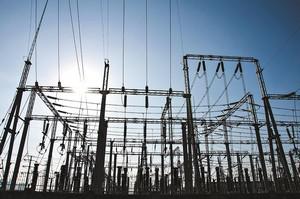Grid securityElectricity grid cybersecurity will be expensive – who will pay, and how much?
Russia, China, North Korea and Iran are capable of hacking into the computers that control the U.S. electricity grid. Protecting the grid from hacking would cost tens of billions of dollars. The electricity customers will likely foot most of the bill.

Grid security: Payer yet to be determined // Source: flickr.com
Recently, a neighbor asked one of us whether Russia, China, North Korea and Iran really are capable of hacking into the computers that control the U.S. electricity grid. The answer, based on available evidence, is “Yes.” The follow-up question was, “How expensive will it be to prevent, and who will end up paying for it?” The answers are: Likely tens of billions of dollars, and probably us, the electricity customers. This is a major – and, in our view, vital – investment in community and national security. But as scholars of grid cybersecurity, we understand it’s not very clear what consumers will be getting for their money, nor whether utility companies themselves should bear some share of the cost.
Paying for reliability
In the U.S., the electricity grid is a ubiquitous system that’s highly reliable. Most consumers expect the lights to turn on when they flip the switch, and don’t think much more about it – except when paying the monthly bill.
Electric power companies’ high levels of performance depend on interconnected computer systems, which are vulnerable to cyberattacks. Hackers took down portions of Ukraine’s electricity grid in 2015 and 2016, cutting power to hundreds of thousands of people. U.S. officials regularly report that foreign agents are working to infiltrate critical infrastructure systems, like computers that control the power grid. An as-yet-unspecified “cyber event” affected the power grid in California and Wyoming in March 2019, according to the U.S. Department of Energy.
While media coverage and neighborly conversations have increased public awareness of the risks to the grid, most people’s thinking hasn’t changed much. People regularly evaluate how much they pay for car insurance, whether they need to buy life insurance, what the risks are of a recommended medical procedure or whether they feel safe flying in a Boeing 737 Max 8 airliner. But they rarely consider whether they’re paying the right amount to ensure that the lights come on when they’re needed.
